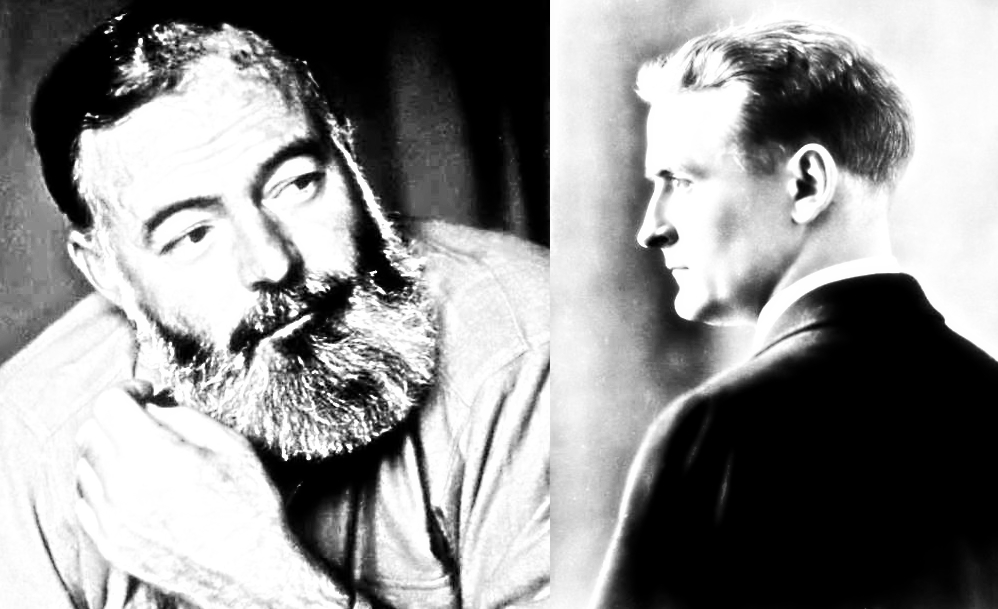Heroism takes many forms. For instance, in The Scarlet Pimpernel, we find multiple examples of heroes, from Sir Percy’s misleading behavior to hide his true identity, to The Scarlet Pimpernel’s attempts to save the French aristocracy, to Marguerite’s mission to save both her brother and her husband.
With that said, let’s delve into a poem by A.E. titled “The Last Hero,” which was written during WWI and attempted to typify a type of hero that was falling in battle every single day.
Heroism as presented in the poem
To start, AE’s poem “The Last Hero” explores the theme of heroism within the framework of mortality and the cyclical nature of life. The narrative begins with the solemn act of laying the hero to rest, an intimate ritual performed with tenderness.
AE states, “We laid him to rest with tenderness; / Homeward we turned in the twilight’s gold.” This poignant beginning sets the tone for a reflection on the hero’s departure and the inevitable passage from life to death.
The poet contemplates the cyclical nature of existence, expressing the profound idea that “All the story of earth is told.” In other words, there is a sense of completion, as if the hero’s life was the entirety of the human experience. The hero’s departure marks the end of a metaphorical chapter, symbolically suggesting the finite nature of mortal lives and the stories they carry.
An important moment, and one that suggests heroism of a specific sort, occurs when AE writes, “great deep heart like the hearts of old.” What the poet is telling us is that there is a connection to ancient heroism and virtues, harking back to a time when heroes were revered for embodying ideals that transcended the mundane. In the context of WWI, we can see how heroes were cut down in droves, and thus there was more difficulty showing reverence when wholesale slaughter was the name of the game.
More specifically, AE notes that the thread of this narrative is lost, introducing an element of nostalgia and suggesting a fading understanding of the virtues that define heroism.
Furthermore, “the twilight’s gold” adds a melancholic yet beautiful hue to this imagery, emphasizing the fading light of the hero’s life as it merges with the oncoming night. Similarly, “a bitter remembrance blows in each face,” indicates the sorrow and nostalgia that accompany the passing of a hero. That is to say, “all the story of earth was told” reflects a profound sense of finality, suggesting that the hero’s life, like the day’s story, has reached its conclusion. This bitter remembrance underscores the emotional weight of loss and the realization that, with the hero’s death, they are gone forever without the pomp and circumstance that often accompanies the living.
Conclusion
The poem’s exploration of heroism is not limited to the individual hero but extends to the broader implications for humanity. The loss prompts reflection on the enduring qualities of heroism and the stories that heroes leave behind.
Moreover, the dust, symbolic of mortality, and the twilight, representing the transitional period between day and night, add layers of meaning to the portrayal of heroism, emphasizing its fickle nature.
In essence, “The Last Hero” grapples with the theme of heroism within the context of mortality and the nature of life. The poem reflects on the departure of a hero, the completion of a life story, and the fading understanding of ancient virtues. Heroism is more than just doing heroic things. It is also taking part in the human condition, sacrifice, and honoring the past.







